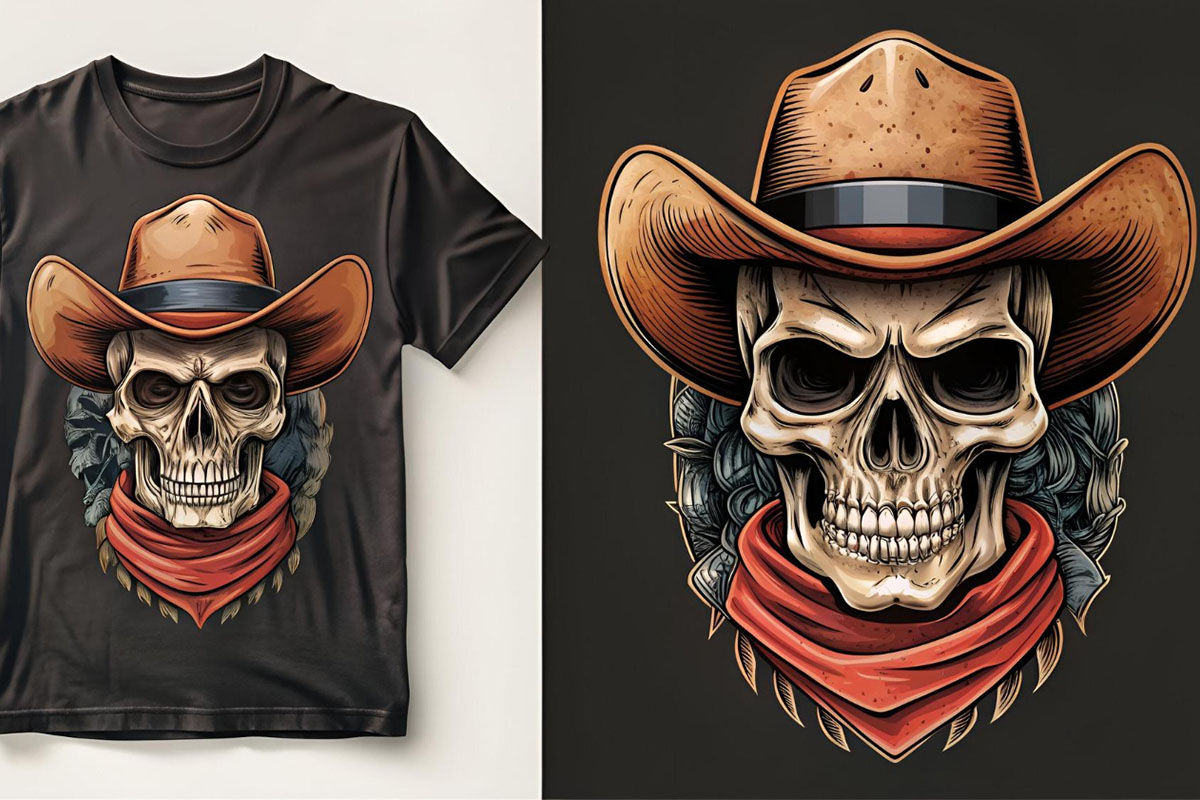Choosing the Right Fabric for Texas Transfers
When it comes to customizing fabric, Texas Transfers provide an easy, efficient, and professional-looking solution. Whether you’re personalizing t-shirts, tote bags, or even home decor, applying these heat-applied transfers is a simple process that anyone can master with the right tools and techniques. In this blog, we’ll walk you through the steps on how to apply Texas Transfers to fabric, ensuring a smooth, durable finish every time.
The first step in applying Texas Transfers is selecting the right fabric. Not all fabrics are created equal when it comes to heat transfers. Cotton, polyester, and blends of these fabrics tend to work best because they can withstand the high heat required for the transfer process. Natural fibers like cotton are especially recommended as they provide a smooth surface for the transfer to adhere to.
Preparing the Fabric for Application
Before applying Texas Transfers, it’s crucial to prepare your fabric. This step ensures that the transfer adheres properly and that the final result is free from any imperfections. Start by washing and drying the fabric to remove any dust, oils, or manufacturing chemicals that may be present. Avoid using fabric softeners, as they can leave a residue that affects the adhesive properties of the transfer.
Once the fabric is clean, iron it to remove any wrinkles or creases. A smooth surface is essential for even transfer application. Even the smallest wrinkle can cause the design to shift or not adhere fully, so make sure your fabric is flat and wrinkle-free before you begin.

Positioning Your Texas Transfers Correctly
Correct positioning is key when applying Texas Transfers. Take your time to ensure the design is aligned properly on the fabric. You can use a ruler or tape measure to help with placement, ensuring that the design is centered or placed according to your preferences.
Some crafters also use masking tape or chalk to mark the exact position of the transfer, which can be particularly helpful when working on larger items like t-shirts or tote bags. Once your transfer is in position, be careful not to move it during the heat application process.
Applying Heat to Texas Transfers
The most important part of the process is applying heat to secure the transfer. To apply Texas Transfers to fabric, you will need either a household iron or a heat press. A heat press provides more consistent pressure and temperature, but an iron can work just as well for most DIY projects.
When using an iron, ensure the steam setting is turned off—moisture can prevent the transfer from sticking properly. Preheat the iron to the recommended temperature, which is usually medium-high (around 350°F). If you’re using a heat press, follow the transfer’s instructions for the appropriate heat and pressure settings.
Place a piece of parchment paper or a heat-resistant cloth over the transfer before applying heat. This protective layer prevents the iron or heat press from directly contacting the transfer and ensures even heat distribution. Apply firm, even pressure for the recommended time, usually around 10-15 seconds for each section.
Peeling Off the Transfer Backing
After applying heat, the next step is to peel off the backing of the Texas Transfers. This part of the process can vary depending on the transfer—some require you to peel the backing while it’s still hot, while others work best when allowed to cool slightly.
To avoid damaging the design, peel slowly and carefully, checking that the transfer is fully adhered to the fabric as you go. If any parts of the transfer don’t seem to have adhered properly, you can reapply heat and press again until the design is fully secured. Always follow the instructions provided with your specific Texas Transfers to ensure the best results.
Caring for Fabric After Applying Texas Transfers
Once your Texas Transfers are applied, it’s essential to care for the fabric correctly to ensure the design lasts. Wait at least 24 hours before washing the fabric to give the transfer time to fully set. When washing, turn the fabric inside out and use cold water on a gentle cycle to prevent any unnecessary wear on the design.
Avoid using bleach or harsh detergents, as these can cause the transfer to fade or peel over time. Air drying is the best option to maintain the longevity of the transfer, but if you need to use a dryer, choose a low-heat setting. Proper care will help ensure your Texas Transfers remain vibrant and intact for years to come.

Troubleshooting Common Issues with Texas Transfers
Sometimes, things don’t go perfectly on the first try, but don’t worry—common issues with Texas Transfers can be easily resolved. If your transfer doesn’t adhere evenly, it could be due to insufficient heat or pressure. Try reapplying heat with more pressure for a few more seconds.
If the edges of your transfer start to peel after a few washes, it could indicate that the fabric wasn’t prepped correctly or that the washing instructions weren’t followed. Always make sure to wash your fabric before applying the transfer and follow the care guidelines strictly.
Conclusion
Applying Texas Transfers to fabric is an easy and fun way to create custom designs that showcase your love for Texas. With the right fabric, careful preparation, and proper heat application, you can achieve a professional look that lasts. Whether you’re customizing t-shirts, tote bags, or home decor items, Texas Transfers make it simple to bring your creative ideas to life. By following these steps and tips, you’ll ensure that your transfers look great and stay vibrant over time.
FAQ
- What are Texas Transfers?
- Texas Transfers are heat-applied designs used to customize fabric items with Texan-inspired designs, such as t-shirts, tote bags, or home decor.
- What fabric works best for Texas Transfers?
- Cotton, polyester, and cotton-poly blends work best for Texas Transfers as they can withstand the heat required for the transfer process.
- Do I need to wash fabric before applying Texas Transfers?
- Yes, washing the fabric removes any chemicals, oils, or debris that could prevent the transfer from adhering properly.
- Can I use a household iron to apply Texas Transfers?
- Yes, a household iron works well for applying Texas Transfers. Just make sure to follow the recommended heat and pressure settings.
- How long should I apply heat to Texas Transfers?
- Typically, you’ll need to apply heat for around 10-15 seconds per section, depending on the size of the transfer and the material.
- Do I peel the backing while the transfer is hot or cold?
- Some Texas Transfers require peeling while hot, while others should be allowed to cool slightly. Always follow the instructions provided with your transfer.
- What should I do if the transfer doesn’t stick completely?
- If the transfer doesn’t adhere properly, you can reapply heat with more pressure and hold it for a few extra seconds to ensure it sticks.
- Can I wash items with Texas Transfers immediately after application?
- No, it’s best to wait at least 24 hours before washing fabric with Texas Transfers to ensure the design fully sets.
- How do I care for fabric with Texas Transfers?
- Wash the fabric inside out in cold water on a gentle cycle. Avoid bleach and air dry if possible to preserve the transfer.
- Can I apply Texas Transfers to textured fabrics?
- It’s best to apply Texas Transfers to smooth fabrics, as textured or stretchy materials may not hold the transfer as securely.




